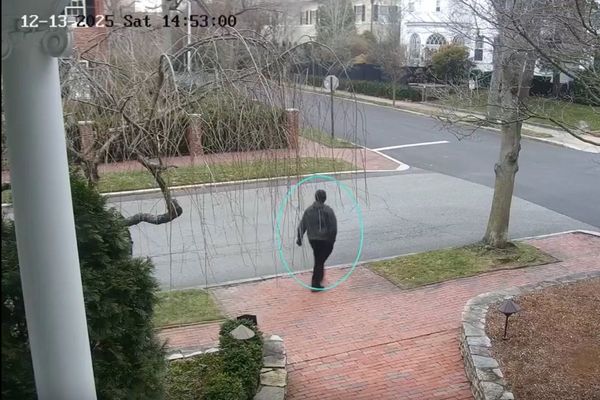
The focus on the comet known as 3I/ATLAS has fueled long-time speculations on whether there could be aliens present on the celestial body. One particular theory ties this possibility to the approaching asteroid.
The interstellar comet 3I/ATLAS might not pose a threat to Earth, but it has reignited conspiracy theories about aliens possibly existing and what these beings may be doing. For a long time, scientists have been on the lookout for potential life forms beyond Earth. One theory is that planets deemed livable are rare, making Earth a rare type of planet in the galaxy, or there are alien civilisations that are so technologically advanced yet so far away for humanity to make contact.
And then there's the theory called the 'Zoo Hypothesis', which may pose another possibility as to why scientists have not made any contact with aliens.
What is the Zoo Hypothesis?
The Zoo Hypothesis was first laid out in 1973, with MIT radio astronomer John Ball as the one often credited with the term. This hypothesis is said to be the answer to another theory connected to 3I/ATLAS, the Fermi Paradox, which was named after physicist Enrico Fermi. As the name implies, the Zoo Hypothesis refers to the possibility that aliens may see Earth as some sort of zoo, or nature preserve.
Rather than make contact or engage with humankind, aliens are hypothesised to simply be observing and not interfering with humanity's way of life. Or, the aliens abide by a code of conduct that does not allow them to get involved or interfere with whatever progress humankind may make. This may be similar to the 'Prime Directive' from the 'Star Trek' series.
Ball's laboratory hypothesis details another interpretation of the theory: that Earth is part of a wider experiment that these alien beings are conducting.
Take Caution in Believing in the Zoo Hypothesis
Astrophysicists William I. Newman and Carl Sagan, in a paper titled 'Galactic Civilisations: Population Dynamics and Interstellar Diffusion,' argue that it is inherently impossible to predict the goals and beliefs of an alien civilisation. But Newman and Sagan point out that the speculations are still valid in that they can help people visualise 'less apparent, social impediments to extensive interstellar colonisation.'
Particle physicist Daniel Whiteson also warns against caution on avoiding anthropocentrism, or the tendency to think of humans as the centre of cosmic concerns. Whiteson told How Stuff Works that he disagreed with the hypothesis and how it makes human beings the centre of all concerns.
'It also just seems implausible because it requires a vast galactic conspiracy. When was the last time anybody worked together to keep a secret? The best argument against having secret aliens visiting the Earth is just that governments are not capable of maintaining secrecy like that, especially over decades.' said Whiteson.
3I/ATLAS Could Help Protect Earth from Other Asteroids
Another prediction scientists made with regard to 3I/ATLAS is that the interstellar comet can help protect Earth from other asteroids that may approach. The comet is set to approach our Solar System before leaving between 27 November 2025 and 27 January 2026. The NASA-adjacent International Asteroid Warning Network is hosting a campaign to help track the comet.
The campaign by the IAWN will help scientists predict the orbit of 3I/ATLAS while also performing astrometric measurements by tracking the comet's speed and motion as it moves through space. The information gathered from 3I/ATLAS' movements will then help scientists in future observations of comets or asteroids that could pose a threat to the planet.







